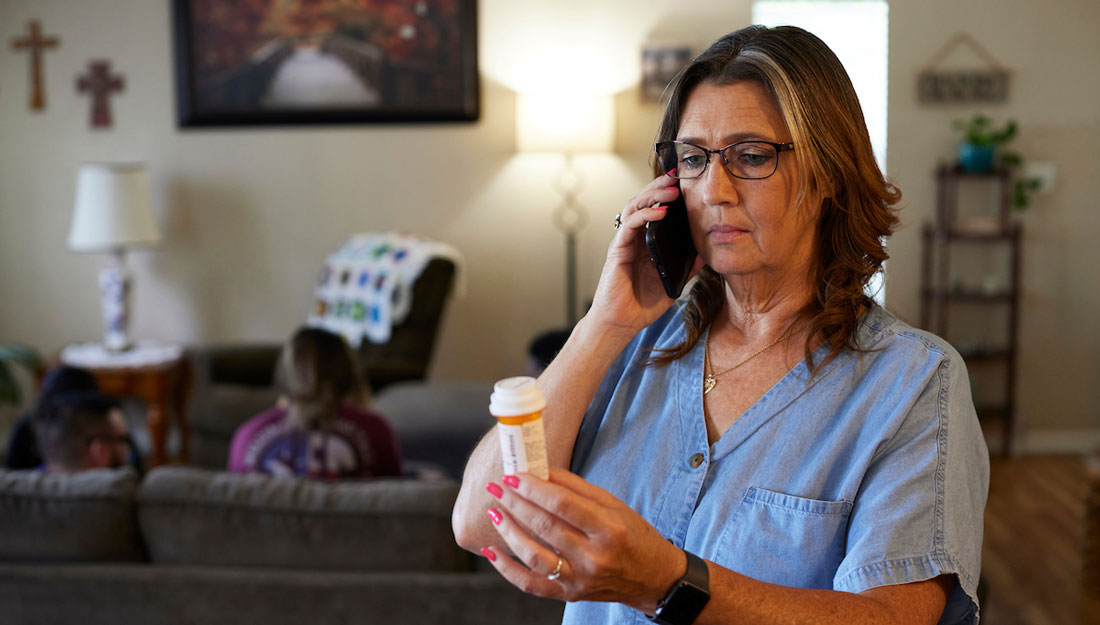- Dominic Hernandez
- Healthy Living, Medicine, Show on VR homepage, Trending
Hand, foot and mouth disease: Signs, symptoms and treatment
This warm weather illness can leave a mark on your little one

Your little rug-rats can pick up a lot of viruses between the playground, daycare, school and home, and since their immune systems are developing, they can be susceptible to every germ they encounter. A pediatrician at the Texas A&M College of Medicine breaks down the appropriately named hand, foot and mouth disease and offers tips on how to keep it from running rampant in your house.
What is hand, foot and mouth disease?
Hand, foot and mouth disease (HFMD) is a very common viral infection that typically affects children younger than 5 years old. For this reason, this condition is common in daycares or pre-K.
“Hand, foot and mouth disease is usually transmitted through stool or a runny nose,” said Jessica Lanerie, MD, clinical faculty at Texas A&M College of Medicine and pediatrician with the Kelsey-Seybold Clinic. “After they wipe their noses or use the restroom and then touch a surface and contaminate it, another child may come by and touch the same surface, and the infection spreads.”
The disease can be caused by multiple viruses from the enterovirus genus (group) and is more active between summer and fall months. Similar to how flu season lasts between winter and early spring, HFMD season resides in the warmer part of the calendar. There is currently no vaccine to prevent HFMD, and because the disease is caused by several different viruses, it is possible for someone to get the disease again.
Also, don’t confuse HFMD with foot-and-mouth disease—a viral infection that affects cattle, sheep and swine. People don’t generally get foot-and-mouth disease (the last confirmed human case was in 1966), and animals don’t get HFMD.
Symptoms of HFMD
The main symptom of this infection is a red rash or bumps—typically on the hands, feet or mouth (hence the appropriate name). It may also appear on the knees, elbows, buttocks or genital area.
“A child can also get the painful rash or bumps inside their cheek or on their tongue,” Lanerie said. “This, along with the loss of appetite, can make it difficult for the child to want to eat—so it’s important that the child stays hydrated and eats when feeling hungry.”
The infection can also present with fluid-filled spots. It’s not a secondary infection: It’s just part of the virus and can be contagious. The spots may blister and can become ulcers. The painful rash in the mouth can also lead to drooling, and the child can also have a low-grade fever (about 101 degrees Fahrenheit or lower).
When older children or adults are infected, they may not show symptoms but can still pass the virus to others. Because of this, it’s important to make sure you’re practicing good prevention techniques.
Treatment and prevention
Because the infection is viral, antibiotics have no effect on HFMD.
“As a viral illness, we have to let the virus run its course,” Lanerie said. “Give them proper doses of pain medication and encourage the child to keep hydrating, since they may have discomfort in their mouths, and the fever can be dehydrating.”
As the infection can be contagious, make sure that the child is fever-free for 24 hours before allowing them to resume normal activities. “Typically, from the onset of symptoms, it can be about three or four days before they’re no longer contagious,” Lanerie said. “Teach the child proper hygiene, and while the child is sick, just keep them at home.”
Lanerie advises that an infected child should not go back to daycare until the rash has stopped spreading and until the child is fever free for 24 hours. Lanerie also recommends sanitizing surfaces around the home with disinfectant wipes or spray, or household bleach solutions, and make sure that the child is washing his or her hands—especially after changing a diaper, since the virus can be spread in the stool for several weeks after the infection has passed.
“While there is no cure for HFMD,” she said, “the best thing you can do is practice preventive care and try to stop an outbreak before it starts.”
Media contact: media@tamu.edu


